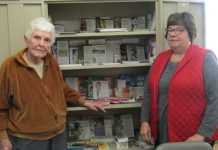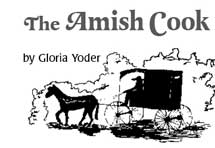One of my favorite scenes from the 1975 movie “Jaws” involves the three main characters comparing scars. You know the one. Chief Brody (Roy Schneider) rubs a bump on his head. Quint (Robert Shaw) says “Don’t you worry about it. Won’t be permanent.” At that point shark hunter Quint and young shark expert Hooper (Richard…



